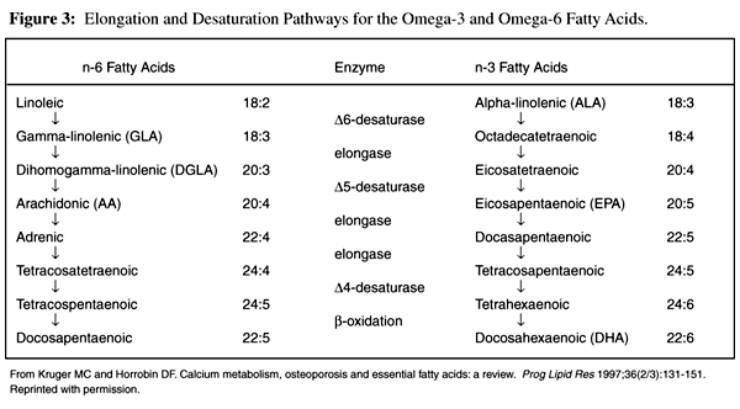Older Adults Who Use Vitamin/Mineral Supplements Differ from Nonusers in Nutrient Intake Adequacy and Dietary Attitudes
SOURCE: J Am Diet Assoc. 2007 (Aug); 107 (8): 1322–1332
Rhonda S. Sebastian, MA, Linda E. Cleveland, MS, RD,
Joseph D. Goldman, MA, Alanna J. Moshfegh, MS, RD
US Department of Agriculture,
Agricultural Research Service,
Food Surveys Research Group,
Beltsville, MD 20705, USA.
OBJECTIVE: To measure nutrient intake adequacy of vitamin/mineral supplement users and nonusers aged 51 years and older, determine the efficacy of supplement practices in compensating for dietary deficits, and identify predictors of supplement use.
DESIGN: Analyses of two 24-hour recalls, demographic variables, and attitude questions collected during the Continuing Survey of Food Intakes by Individuals and Diet and Health Knowledge Survey in 1994 to 1996. Data were weighted to be representative of older Americans.
SUBJECTS: Four thousand three hundred eighty-four adults aged 51 years and older (1,777 daily supplement users, 428 infrequent users, and 2,179 nonusers) residing in households in the United States.
STATISTICAL ANALYSES: Usual nutrient intake distributions were estimated using the Iowa State University method. The Estimated Average Requirement (EAR) cutpoint method was applied to determine the proportion of older adults not meeting requirements before and after accounting for nutrient intake from supplements. Student t tests were used to assess differences between users and nonusers. Logistic regression was used to determine sociodemographic and attitudinal predictors of supplement use.
RESULTS: For one or more of the sex-age groups studied, a significantly smaller proportion of supplement users than nonusers had intakes from food alone below the EAR for vitamins A, B-6, and C; folate; zinc; and magnesium. Even so, less than 50% of both users and nonusers met the EAR for folate, vitamin E, and magnesium from food sources alone. Overall, supplements improved the nutrient intake of older adults. After accounting for the contribution of supplements, 80% or more of users met the EAR for vitamins A, B-6, B-12, C, and E; folate; iron; and zinc, but not magnesium. However, some supplement users, particularly men, exceeded Tolerable Upper Intake Levels for iron and zinc and a small percentage of women exceeded the Tolerable Upper Intake Level for vitamin A. Significant sociodemographic factors related to supplement use for older men were age group, metropolitan area, and educational status. Race, region, smoking status, and vegetarian status were significant factors for women. Attitude about the importance of following a healthful diet was a consistent predictor of supplement use for both men and women.
There are more articles like this @ our:
CONCLUSIONS: A large proportion of older adults do not consume sufficient amounts of many nutrients from foods alone. Supplements compensate to some extent, but only an estimated half of this population uses them daily. These widespread inadequacies should be considered when developing recommendations for supplement use for clients in this age group. Modifying dietary attitudes may result in a higher rate of supplement use in this at-risk population.
From the FULL TEXT Article:
Background
Analyses of nationwide survey data have shown that a large percentage of older adults do not receive recommended amounts of many nutrients from food alone [1–11]. Other measures, such as the Healthy Eating Index, also indicate that the diets of older adults need improvement and may leave them susceptible to nutrition-related problems [12, 13 ]. This is of particular concern because conditions prevalent in this population, including chronic diseases and absorption problems, can compromise nutritional status [14–16]. At the same time, a growing proportion of older adults are using vitamin and mineral supplements, which can substantially increase nutrient intake and counter some of these shortfalls [17–19]. Little is known about the effectiveness of vitamin/mineral supplements in appropriately compensating for dietary deficits.
With the introduction of the Dietary Reference Intakes (DRIs), new standards are available for the assessment of nutrient intakes. The establishment of Estimated Average Requirements (EARs) makes it possible, for the first time, to estimate the prevalence of nutritional inadequacy in population groups. Additionally, the Tolerable Upper Intake Levels (ULs) provide cutpoints for estimating the percentage of the population of interest that is at potential risk of adverse effects due to overconsumption of a nutrient [20]. These two components of the DRIs provide new opportunities for assessing nutrient intake and evaluating the influence of supplement use on dietary status.
Although supplement use provides potential benefits in increasing nutrient intakes, there are potential drawbacks [21–25]. The extensive use of supplements by older adults increases the possibility for overconsumption of nutrients. The American Dietetic Association’s position paper on food fortification and dietary supplements [26] notes that documented cases of toxicity are often caused by supplementation. In fact, the ULs were developed largely in response to the growing use of supplements and fortified foods [20].
Read the rest of this Full Text article now!




Leave A Comment